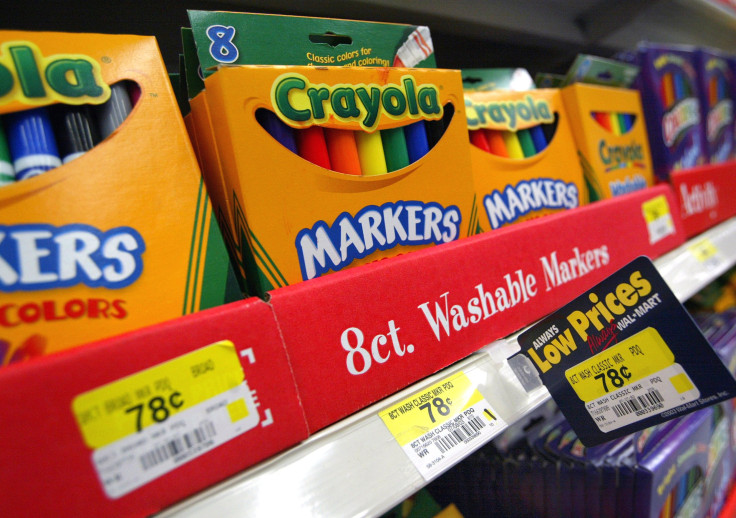Back-To-School Shopping: 1-In-5 US Parents Fall Into Debt

While some parents can’t wait until their kids go back to classes, more than one in five U.S. parents say they will pack on debt over back-to-school expenses, according to a new survey.
MagnifyMoney conducted a survey this month on more than 700 parents in the U.S. with children going back to school this fall. Back-to-school shopping includes clothes, supplies and gear, which can quickly add up.
The survey found Nearly half of parents, 44 percent, say they are spending more than $300 on their school shopping. Almost three in four U.S. parents will spend more than $100 on back-to-school supplies this fall, and nearly one in four will spend more than $500.
Parents in the South are the biggest spenders, with 28 percent saying they are most likely to drop $500 or more on back to school items. Those in the Northeast followed at 25 percent, Midwest at 20 percent and West at 21 percent.
Back-to-School Stress
Sending kids back to school not only hurts parents’ pockets, but also affects them emotionally, contributing to stress.
A third of parents who will go into credit card debt over school supplies feel shopping for classes is stressful. The stress parents feel are from social pressure to take on debt and buy new items, rather than crowded stores and more money to their debt. More than half of parents who are going into debt say they feel pressured to buy new items for their kids for the school year, compared to 29 percent for those who will not fall into debt. Parents in the Midwest (30 percent) are the least likely to say they feel pressure to buy new products for their kids, compared to 43 percent of parents in the Northeast and 38 percent in the South and West regions of the country.
About a third of parents who predict back-to-school expenses will drag them into debt say the cost of supplies is unreasonable. The feelings of stress could be heightened if parents are already in credit card debt. Thirty-one percent of American households owe money on their credit cards years round, while 27 percent carry debt from time to time, according to data from the Federal Reserve. The average credit card debt American households carry is $7,700, which could increase when parents spend a few hundred dollars more over school shopping.
Retail Cards Won’t Help
The survey found 93 percent of parents use credit cards or cash to pay for school supplies, while a smaller number of respondents said they use retail cards like Target RedCard.
While retailers lure customers with points, cash rewards and promotions, the interest rate on store credit cards are too high, MagnifyMoney points out. For example, Target RedCard and Walmart Credit Card have 22.9 percent interest rates, while Kohl’s retail card has a 24.99 percent interest rate. If a parent were to spend $300 with a Kohl’s credit card, he or she will have to pay $38.50 on extra interest if they pay off their debt over the course of the year, compared to a traditional credit card. A regular card has an average interest rate of 14 percent, however some people with good credit can find 0 percent APR interest rate options.
“Store cards work on temptation,” Brian Karimzad, an analyst at MagnifyMoney, told International Business Times, “they offer you a discount in the moment of a purchase, but grab you with high rates and, worse, deferred interest later on. Better to shop for a low rate card before you leave the house.”
Those who avoid debt during back-to-school shopping tend to avoid using credit cards. The survey found 63 percent of parents who don’t expect to go into debt over school supplies won’t purchase items for classes with credit cards or retail cards.
Karimzad said parents should try to spread things out instead of buying everything at the beginning of the year.
“There’s a temptation to stock up, but you might be better off spreading what you can throughout the year and shopping clearance sales later on rather than seasonal sales designed to tempt you during the back to school stock up season,” he told International Business Times.
If you’re having trouble paying for school supplies you can try talking to you child’s teacher.
“With some school supply lists asking for 28 glue sticks and 100 sharpened pencils for a single student, there’s room for negotiation,” said Karimzad. “If things are tight, consider asking to see if some of the supply requests can be fulfilled later in the year.”
You can also check out the Kids in Need Foundation, which helps families in need with school supplies.
© Copyright IBTimes 2024. All rights reserved.





















